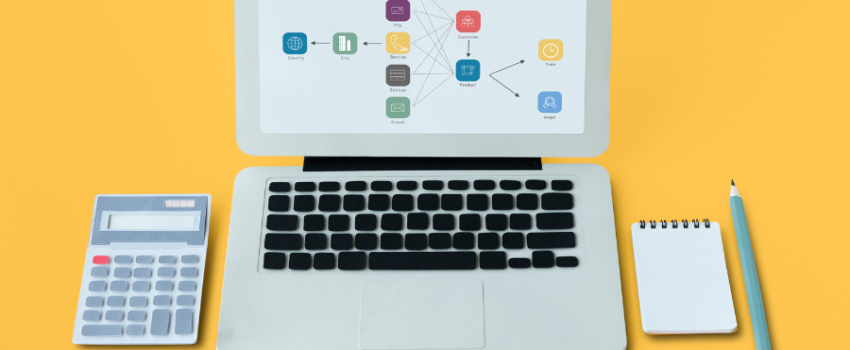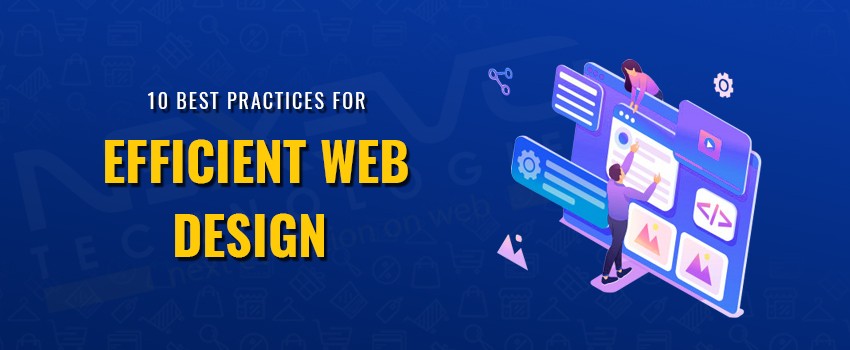What does it cost to redesign a website?
Before embarking on a website redesign journey, it's essential to understand the factors that influence the cost of such a project. A website redesign can be a significant investment, and careful planning is necessary to ensure that you get the best return on your investment. In this comprehensive guide, we will explore the various elements that contribute to the cost of redesigning a website, along with valuable insights to help you make informed decisions about the cost of redesigning a website.

Introduction
In today's fast-evolving digital landscape, having an attractive and user-friendly website is essential for any business or organization. As technology and design trends continue to evolve, it becomes necessary for websites to stay current, relevant, and visually appealing. If your website is outdated, lacks responsiveness, or fails to meet user expectations, it might be time for a redesign.
Scope and Complexity of the Redesign:
The scope and complexity of the redesign project are primary factors that dictate the overall cost. A simple facelift, such as updating colors, fonts, and images, will generally be more affordable compared to a complete overhaul involving structural changes, new features, and advanced functionalities. Before approaching a web design agency, determine the specific goals and requirements for your website redesign. Are you looking for a minor refresh or a complete transformation? Understanding the scope will help you get accurate quotes from potential service providers.
1. Design and User Experience (UX):
An appealing and intuitive design is crucial for engaging visitors and conveying your brand's message effectively. A professional web design agency with experienced designers will provide a custom and visually pleasing design tailored to your brand identity and target audience. The user experience (UX) is equally important; a well-designed website should be easy to navigate, with clear calls to action that lead visitors to desired outcomes. Both design and UX enhancements can increase the overall cost, but they are crucial investments to ensure your website leaves a lasting impression on visitors.
2. Content Development:
Content plays a pivotal role in driving user engagement and search engine rankings. During a website redesign, you might need to update existing content, create new pages, or optimize content for SEO purposes. Content development costs can vary depending on the amount of content required and whether you choose to create it in-house or hire professional copywriters.
3. Responsive and Mobile Optimization:
With the majority of internet users accessing websites from mobile devices, having a responsive and mobile-friendly website is no longer an option but a necessity. Responsive design allows your website to adapt seamlessly to different screen sizes, ensuring optimal user experience across devices. Mobile optimization might require additional development efforts, which can contribute to the overall cost.
4. E-commerce Functionality:
If you run an e-commerce website or plan to incorporate online shopping capabilities during the redesign, the cost can increase significantly. E-commerce functionality involves integrating secure payment gateways, setting up product catalogs, implementing inventory management systems, and ensuring a smooth checkout process. While e-commerce adds complexity and cost, it also opens up opportunities for increased revenue and customer engagement.
5. SEO and Migration:
Maintaining or improving your website's search engine rankings during the redesign is crucial to avoid losing valuable organic traffic. SEO experts can help with tasks such as URL redirection, keyword optimization, and content migration. While SEO efforts may incur additional costs, they are essential for long-term online visibility and success.
6. Integration of Third-Party Tools:
To enhance website functionality and user experience, you might consider integrating third-party tools and services. This can include customer relationship management (CRM) systems, marketing automation platforms, analytics tools, and more. Integration efforts can add to the cost but can significantly improve your website's capabilities and efficiency.
7. Testing and Debugging:
Thorough testing is vital to identify and resolve any issues before launching the redesigned website. Testing includes checking the website's functionality, compatibility across different browsers and devices, and overall user experience. While testing and debugging are crucial for a seamless website, they may require additional resources and time, which can impact the budget.
8. Ongoing Maintenance and Support:
Once your website redesign is complete, it's essential to consider the long-term costs of maintaining and supporting the site. Regular updates, security patches, technical support, and potential future enhancements are necessary to keep your website running smoothly and securely.
Conclusion: Redesigning a website is a strategic move that can revitalize your online presence and elevate your brand to new heights. However, it's crucial to plan and budget carefully to ensure a successful outcome. By considering factors such as scope, design, content, mobile optimization, e-commerce functionality, SEO, third-party integrations, testing, and ongoing maintenance, you can make informed decisions about your website redesign investment.
While the cost of a website redesign can vary, the benefits of an improved user experience, increased traffic, higher conversions, and enhanced brand reputation make it a valuable and necessary investment. To achieve the best results, partner with a reputable web design agency that understands your business goals and can deliver a website that aligns with your vision and resonates with your target audience. Remember, a well-executed website redesign can breathe new life into your digital presence, helping you stay ahead of the competition and achieve your business objectives in the online realm. So, take the leap, embrace the redesign journey, and watch your website become a powerful tool for growth and success.
Frequently Asked Question
1. What ongoing maintenance and support are needed after the website redesign?
Once your website redesign is complete, ongoing maintenance and support are necessary to keep your website running smoothly and securely. This includes regular updates, security patches, technical support, and potential future enhancements to ensure continued success.
2. How can I choose the right web design agency for my website redesign project?
When selecting a web design agency, consider factors such as their portfolio, experience, expertise, client testimonials, communication, and pricing. Choose an agency that understands your business goals and can deliver a website aligned with your vision and resonates with your target audience.
3. How can I integrate e-commerce functionality into my redesigned website, and what are the benefits?
Integrating e-commerce functionality involves setting up secure payment gateways, product catalogs, inventory management systems, and a smooth checkout process. While it adds complexity and cost, e-commerce opens opportunities for increased revenue and customer engagement by allowing online sales.
Related to this
Let's Discuss Your Project










